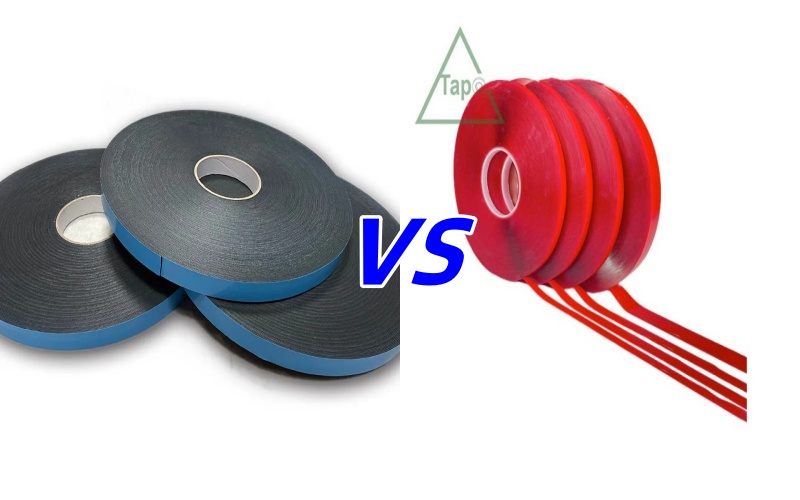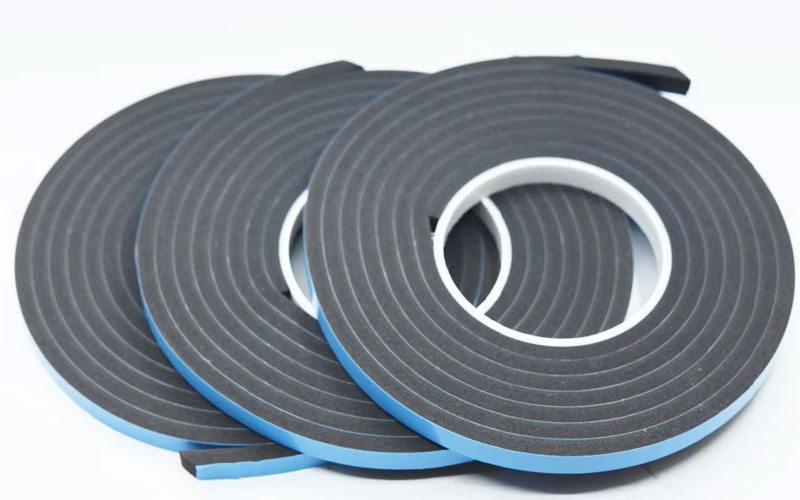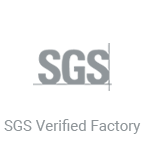Tape products are widely used in various industries as a common bonding and sealing material. Acrylic tape vs foam tape are two common types. They have their own advantages in terms of material, function, application field and price. Here, Toptape will make a detailed comparison of acrylic tape and foam tape from multiple aspects, including product introduction, product features, price comparison, usage and application scenarios, etc., to help users better understand the two tapes and choose suitable products.

1. Product introduction
Acrylic tape is a tape with acrylic pressure-sensitive adhesive as the main component. This tape is usually made of a layer of plastic film or non-woven fabric as the base material, coated with an acrylic adhesive layer, and has excellent adhesion and weather resistance. The strong adhesive force of acrylic tape makes it widely used in occasions where it is necessary to maintain adhesion for a long time, and it can resist the erosion of moisture, ultraviolet rays and chemicals.
Foam tape is made of foam materials of different densities as the base material and coated with pressure-sensitive adhesive. Common foam tape base materials include EVA foam, PE foam, PVC foam, etc. Foam tape is usually used for filling gaps, shock absorption, anti-slip and other occasions. Due to its good elasticity and recovery, foam tape is particularly suitable for applications that require a certain cushioning function while bonding.
2. Product Features Comparison
Here, we compare the main features of acrylic tape and foam tape to more clearly understand the difference in their performance.
| Feature | Acrylic Tape | Foam Tape |
|---|---|---|
| Adhesion Strength | Strong adhesion, especially for smooth and rigid surfaces | Relatively weaker adhesion, but suitable for rough surfaces |
| Weather Resistance | Excellent weather resistance, UV, moisture, and chemical resistant | Average weather resistance, more easily affected by environmental conditions |
| Elasticity & Cushioning | Low elasticity, suitable for bonding hard materials | High elasticity, ideal for cushioning applications |
| Peel Strength | High peel strength, difficult to remove once adhered | Moderate peel strength, easy to remove, suitable for temporary bonding |
| Temperature Resistance | Wide temperature range, suitable for high and low-temperature environments | Limited temperature resistance, not suitable for extreme temperature conditions |
| Aging Resistance | High resistance to aging, maintains adhesion over time | Lower resistance to aging, may lose elasticity over long-term use |
| Water Resistance | Excellent water resistance, suitable for humid environments | Generally water-resistant, but limited effectiveness under prolonged exposure |
| Compression Ability | No significant compression properties | Good compression, suitable for applications requiring shape deformation |
| Environmental Friendliness | Generally more environmentally friendly | Various foam materials, some may have lower environmental friendliness |

3. Product price comparison
Price is an important consideration when users choose tapes. There are certain differences in the prices of acrylic tapes and foam tapes based on the different production costs, material selection and application areas.
- Acrylic tape: Due to the high performance of acrylic materials, acrylic tapes are usually more expensive. The production process of acrylic tapes is complicated, especially for tapes with strong weather resistance, which requires the addition of special chemical components, further increasing the production cost. The specific price varies depending on the thickness, width and type of glue, usually around 20-30 yuan per square meter.
- Foam tape: The base material of foam tape is foam material, which is relatively low in cost, so the price is usually more affordable. The price of foam tape also varies according to the type, thickness, density and glue type of foam material. The price of common PVC or EVA foam tapes is between 10-15 yuan per square meter, which is suitable for large-scale use.
In summary, the price of acrylic tape is usually higher than that of foam tape. Users need to weigh the actual application scenarios and budget when choosing.

4. Product Use Comparison: Acrylic Tape VS Foam Tape
Use of Acrylic Tape
Acrylic tape has strong adhesive force and is suitable for long-term use. Its weather resistance makes it particularly suitable for outdoor use. This tape is usually used in situations where it needs to withstand long-term exposure to moisture, sunlight, chemicals and other environments. Acrylic tape has a high degree of transparency and is widely used in scenes that require beautiful and traceless bonding, such as bonding of electronic components and splicing of transparent plates. In addition, the peel force of acrylic tape is high, so once it is pasted, it is not easy to remove, and special care needs to be taken when pasting.
Use of Foam Tape
Foam tape is widely used in situations where it is necessary to provide cushioning and filling while bonding, such as filling building gaps, bonding and shockproof treatment of automotive interior parts, etc., due to its unique cushioning properties and good compressibility. Foam tape is relatively soft and can adapt to bonding on different surfaces, especially in some places with rough or irregular surfaces. Compared with acrylic tape, foam tape has a lower peel force and is suitable for temporary bonding or locations that need to be frequently changed. Foam tape is generally not suitable for use in high temperature or extreme environments because of its poor temperature resistance and aging resistance.

5. Product Application Comparison
Application of Acrylic Tape
Acrylic tape is mainly used in the industrial and electronic manufacturing industries. It can maintain long-lasting adhesion and can adapt to different climatic conditions, especially in harsh outdoor environments. Acrylic tape is widely used in the following fields:
- Fixation and bonding of electronic components
- Splicing and fixing of smooth surfaces such as glass and metal
- Adhesion of automotive parts
- Adhesion of building curtain wall projects
- Fixation of advertising signs
- Paste of outdoor signs
Application of Foam Tape
Due to its cushioning, elasticity and sealing properties, foam tape is more used in the fields of shockproofing, caulking and protection. Common applications include:
- Windproof and waterproof treatment of doors and windows of buildings
- Anti-slip pads and cushioning pads for furniture, home appliances and other products
- Sound insulation, shock absorption and filling materials in automotive interiors
- Buffering, shockproofing and packaging of electronic products
- Fixation and protection of products in transportation and logistics

Acrylic tape and foam tape each have unique advantages. Users need to consider application scenarios, bonding requirements and budget when choosing. Acrylic tapes play an important role in the industrial and electronic manufacturing industries due to their strong adhesive force and excellent weather resistance, while foam tapes are widely used in the construction, automotive and home appliance industries due to their good elasticity and cushioning properties.
In use, acrylic tapes are suitable for applications that require long-term bonding and weather resistance, while foam tapes are suitable for occasions that require temporary bonding and shock absorption.





